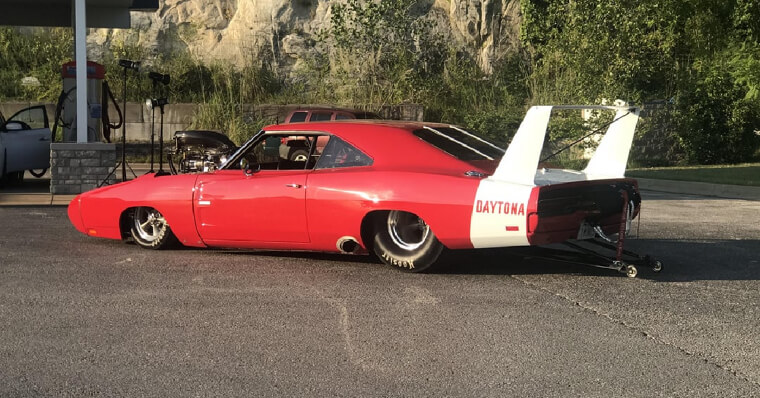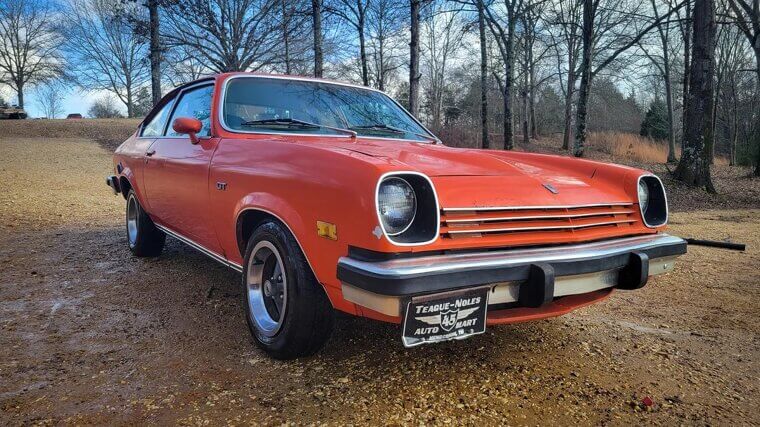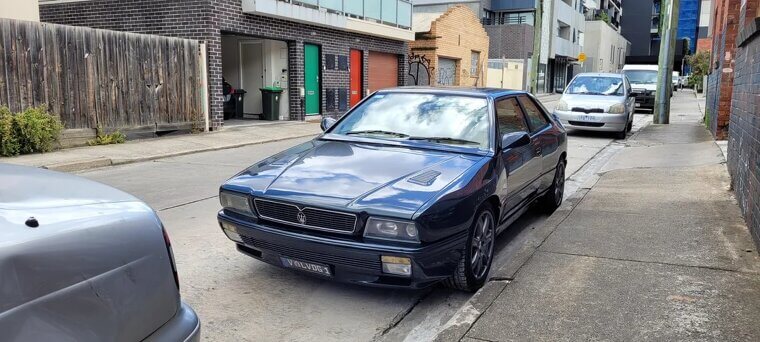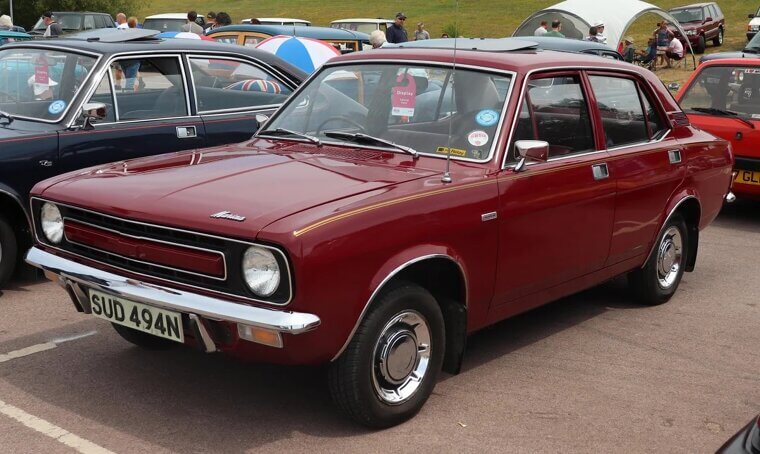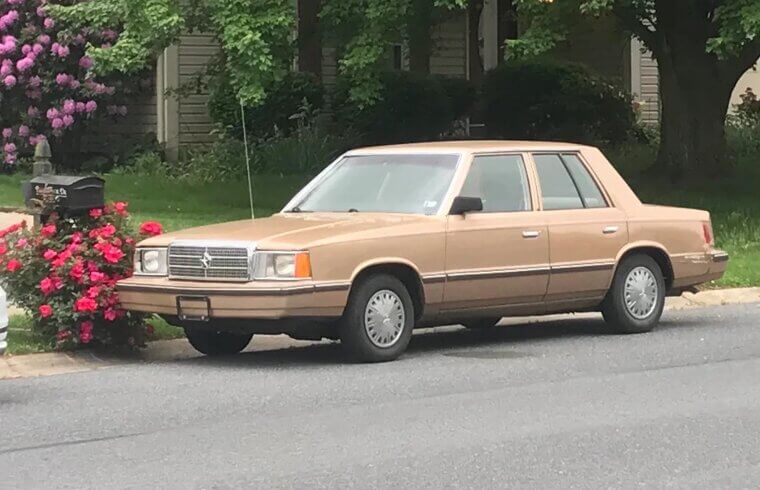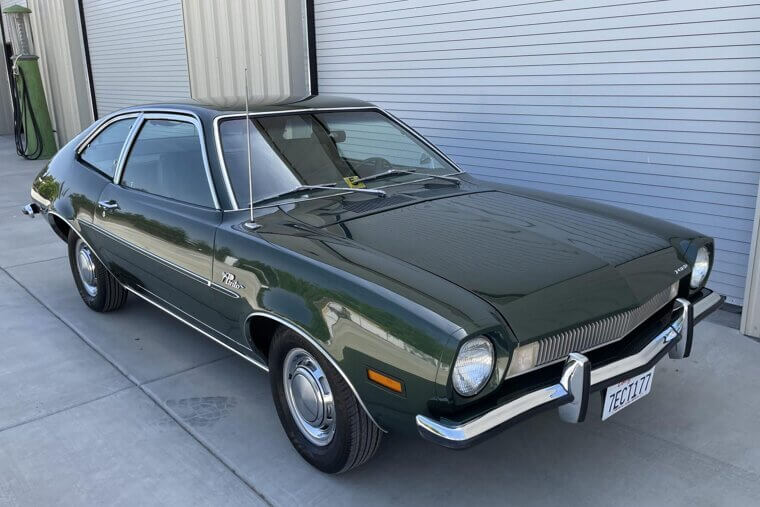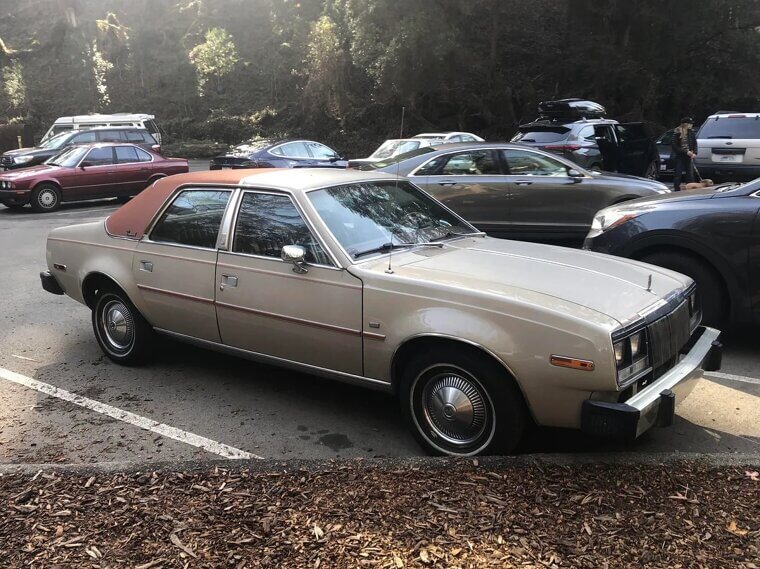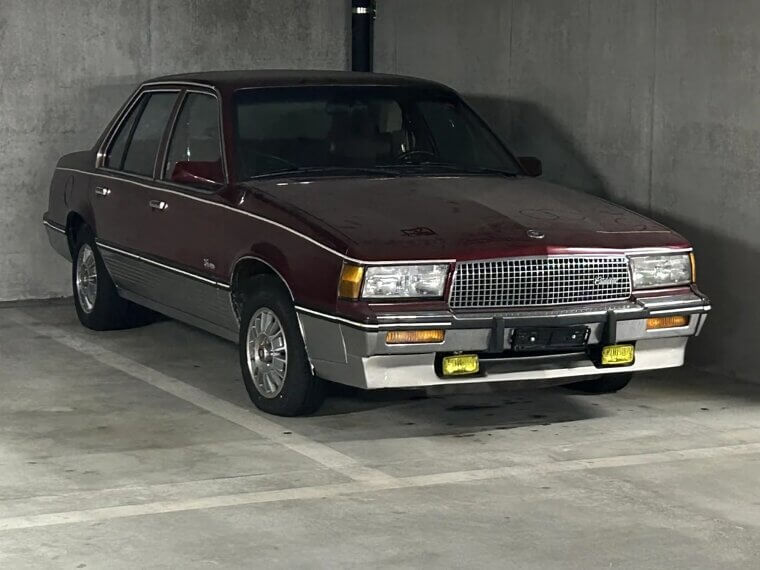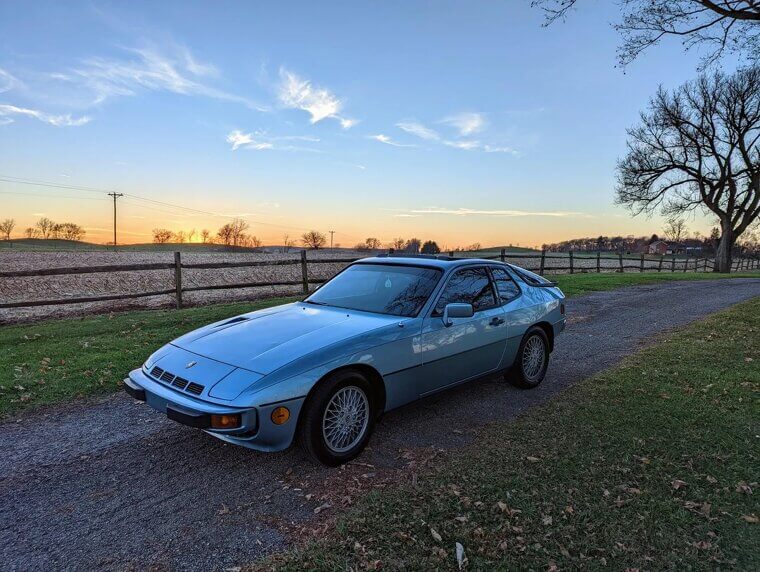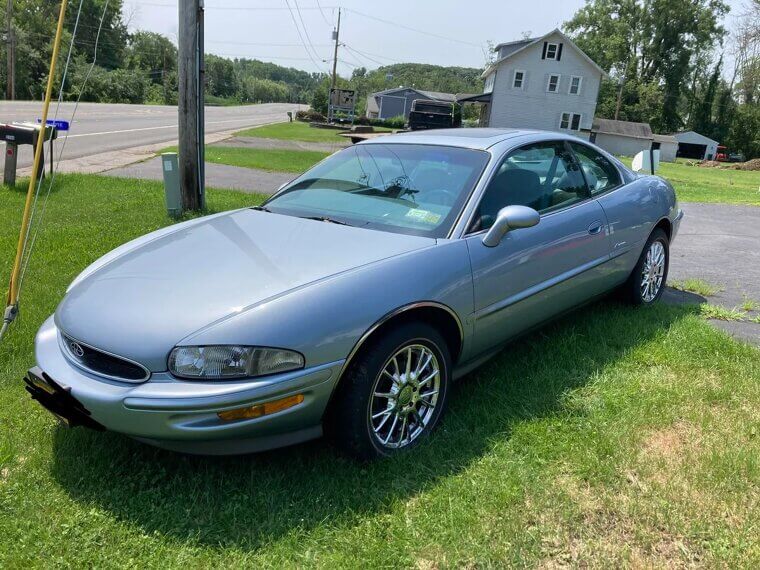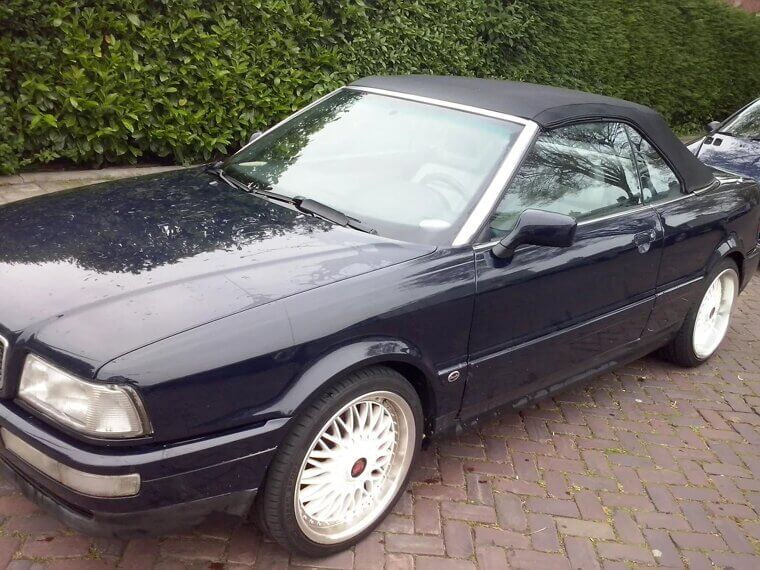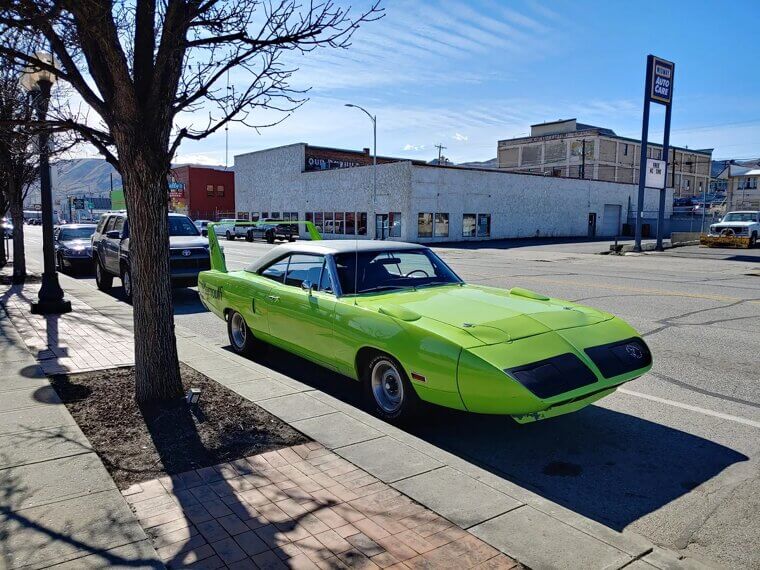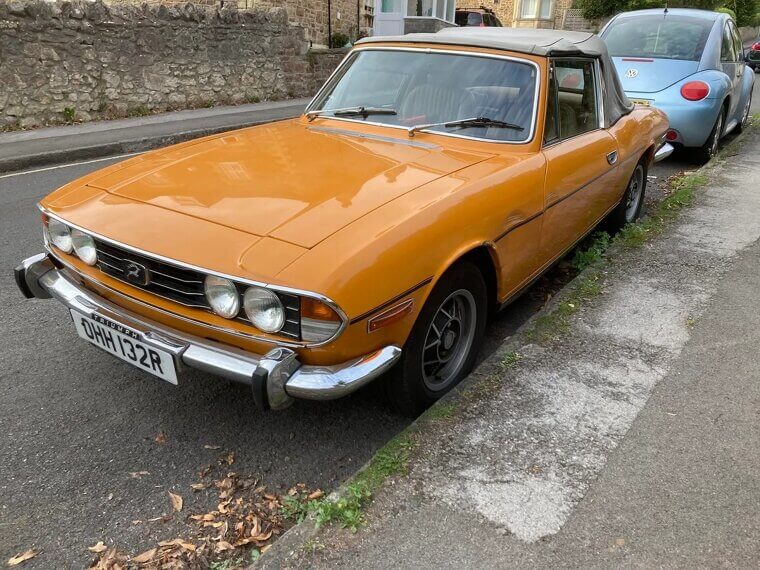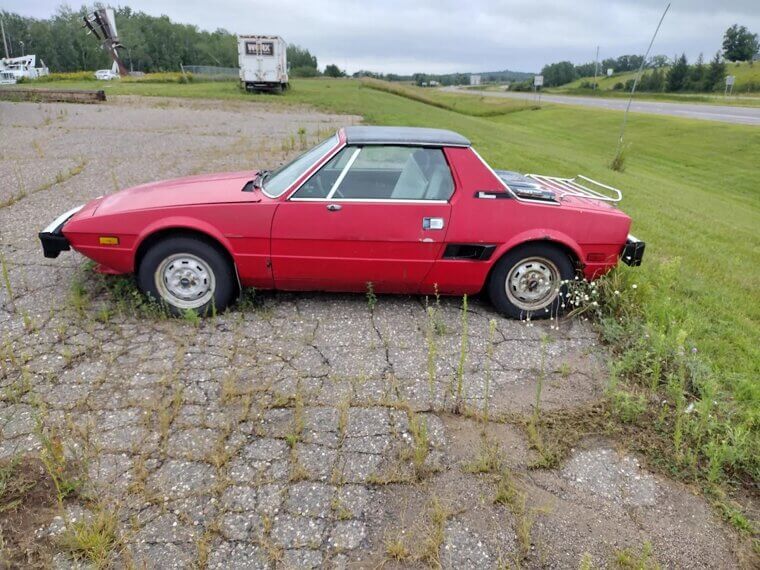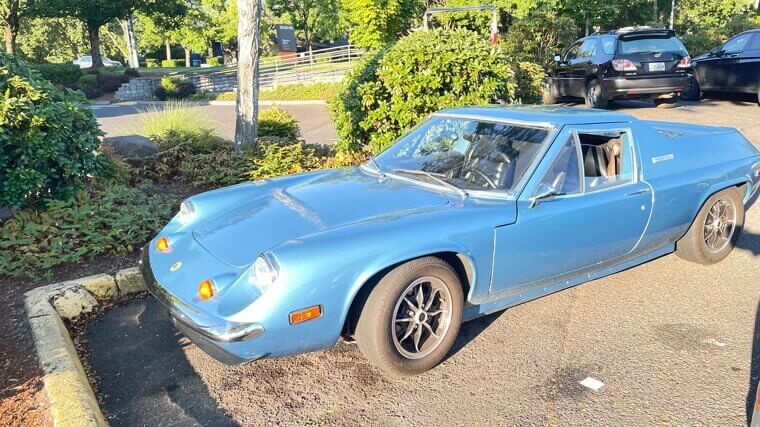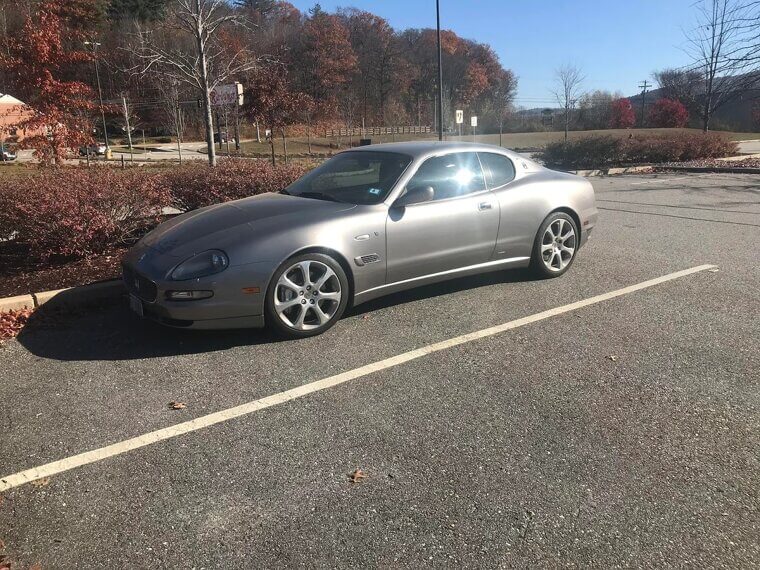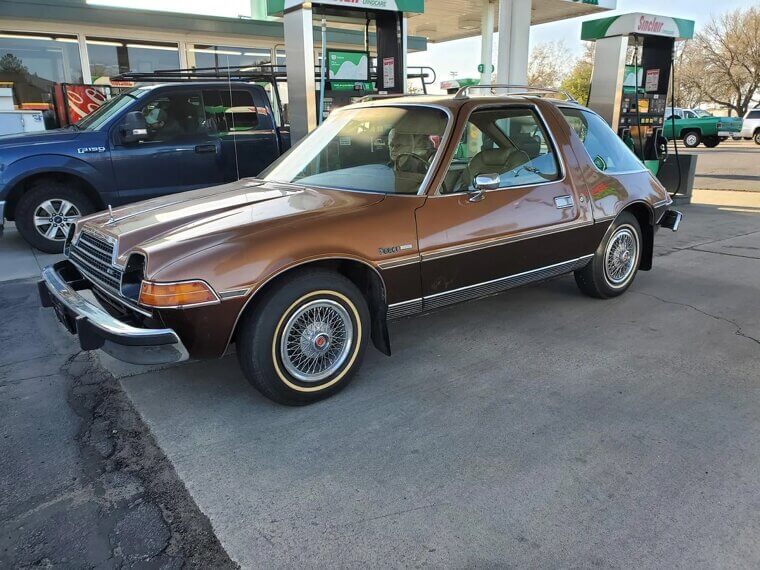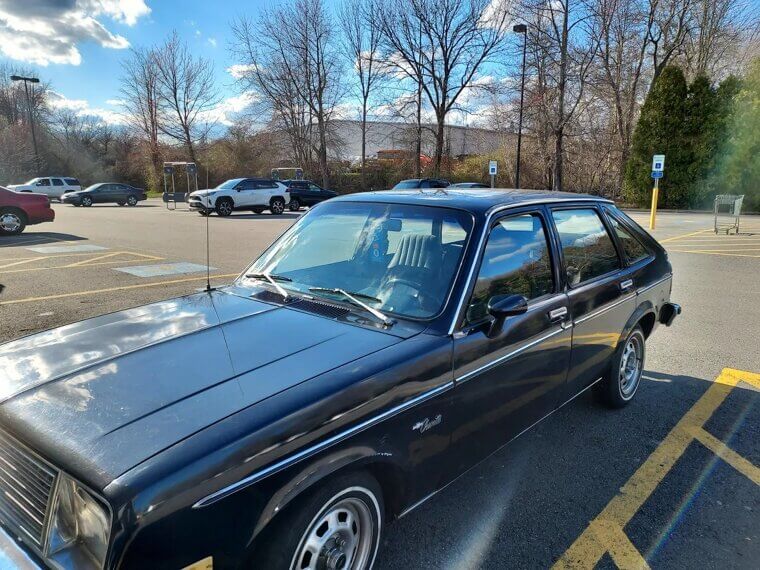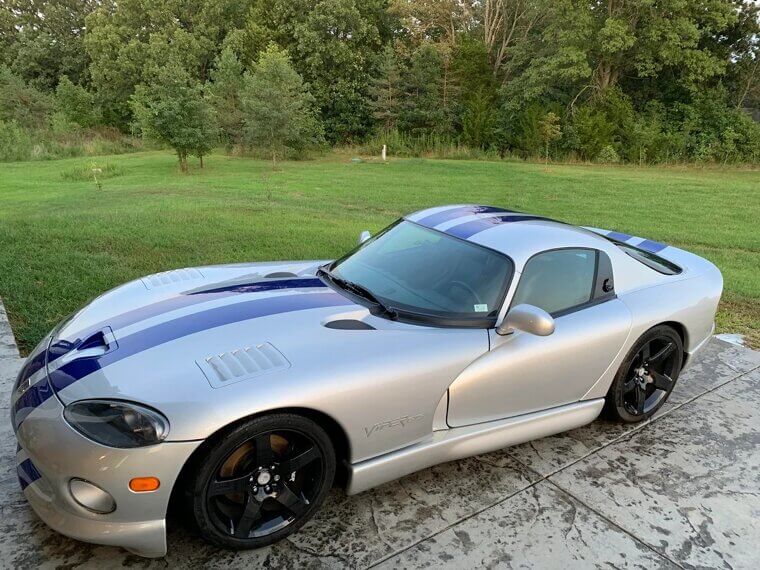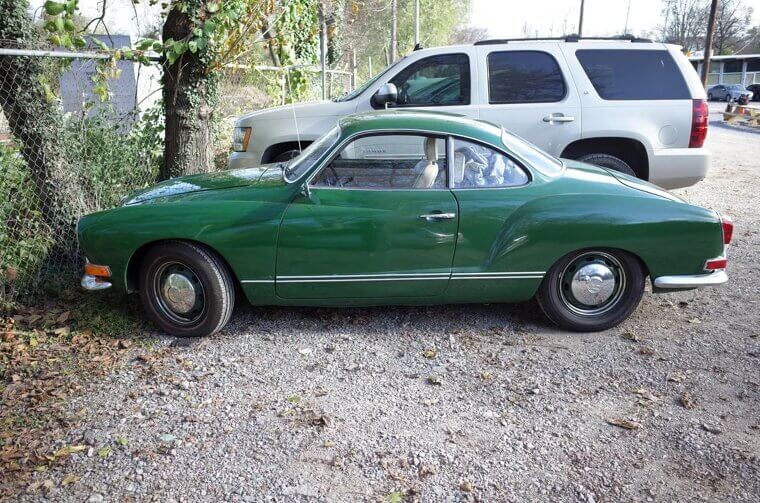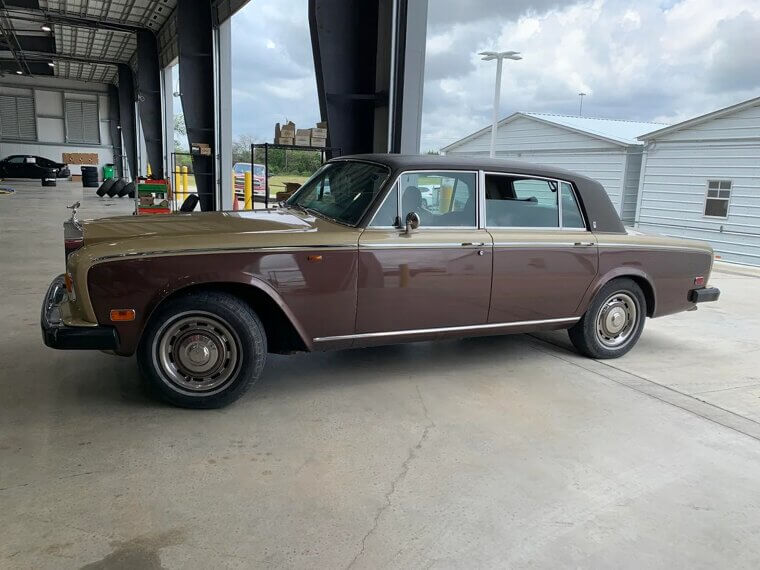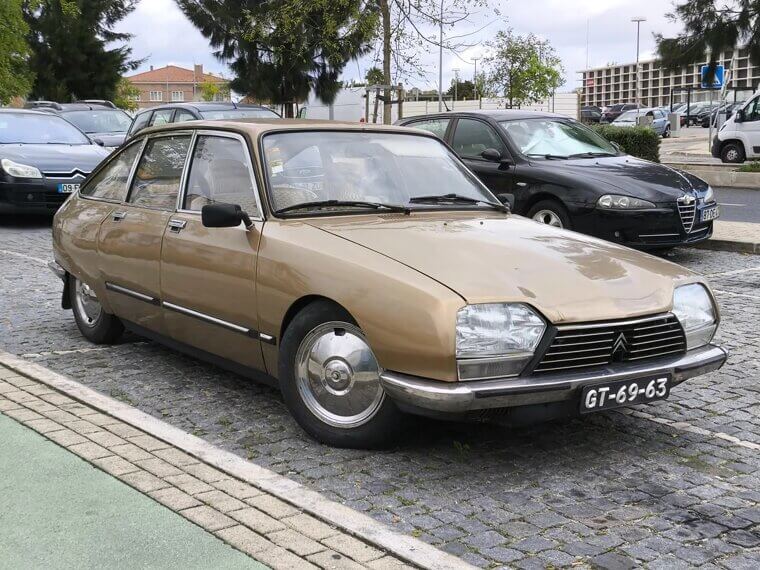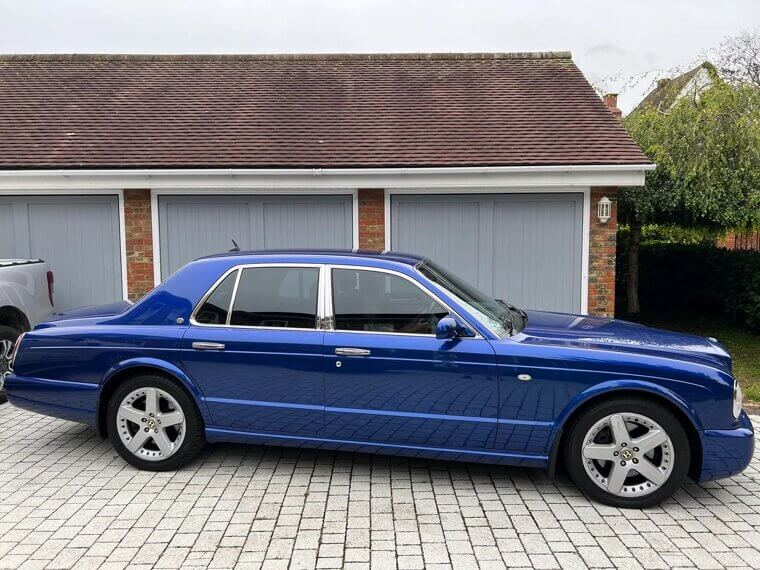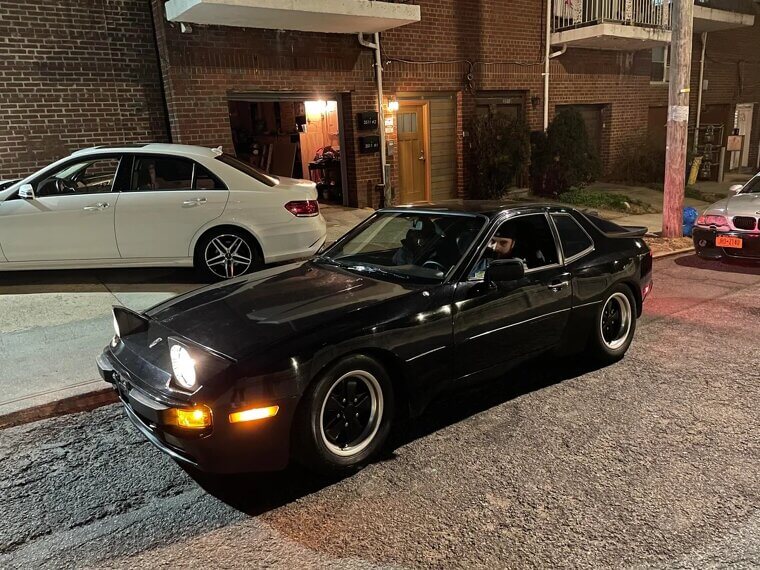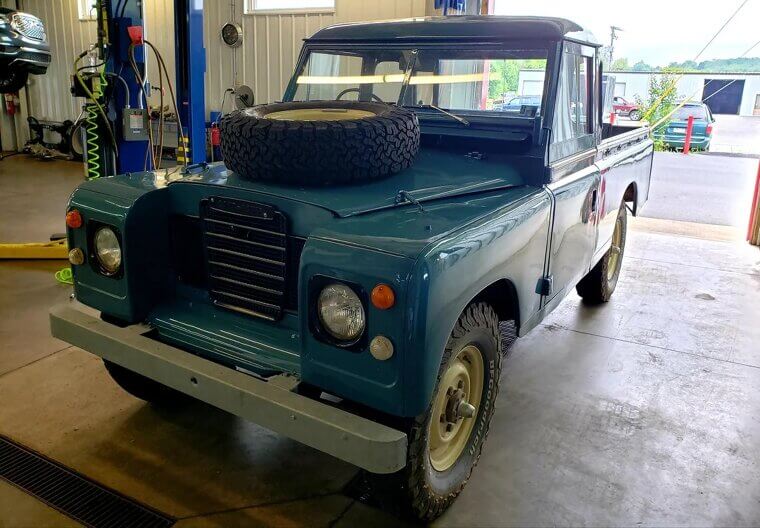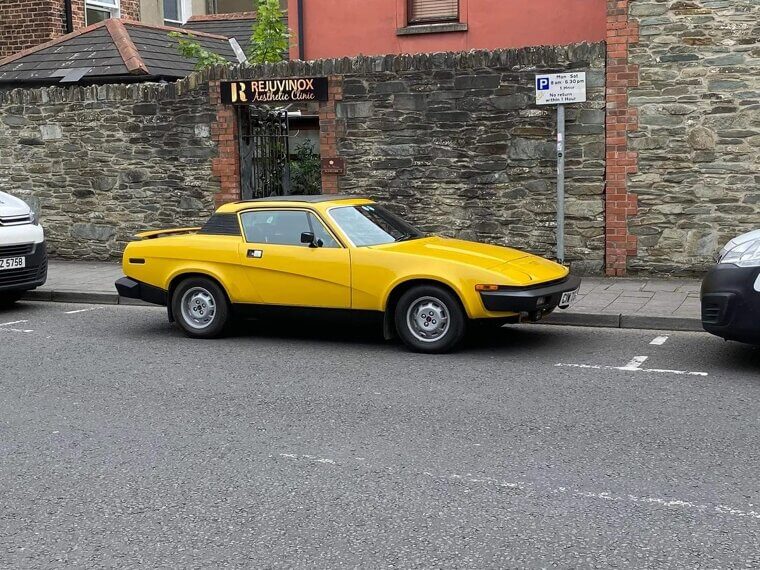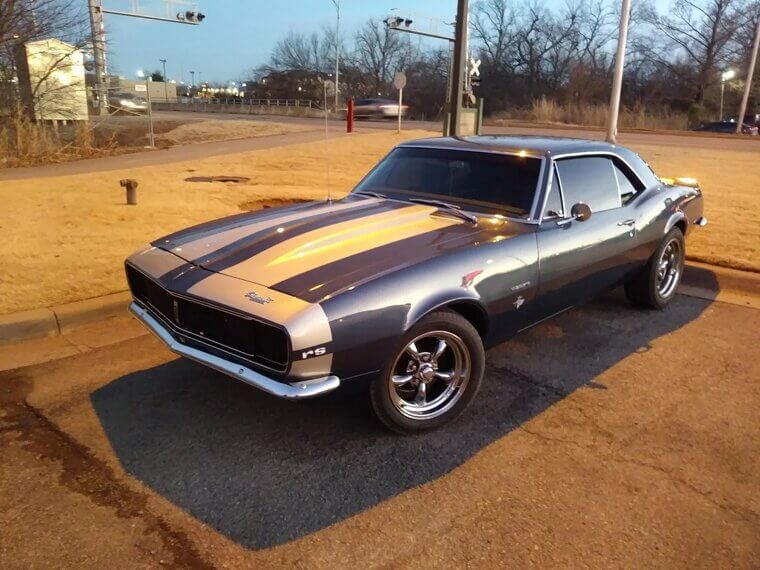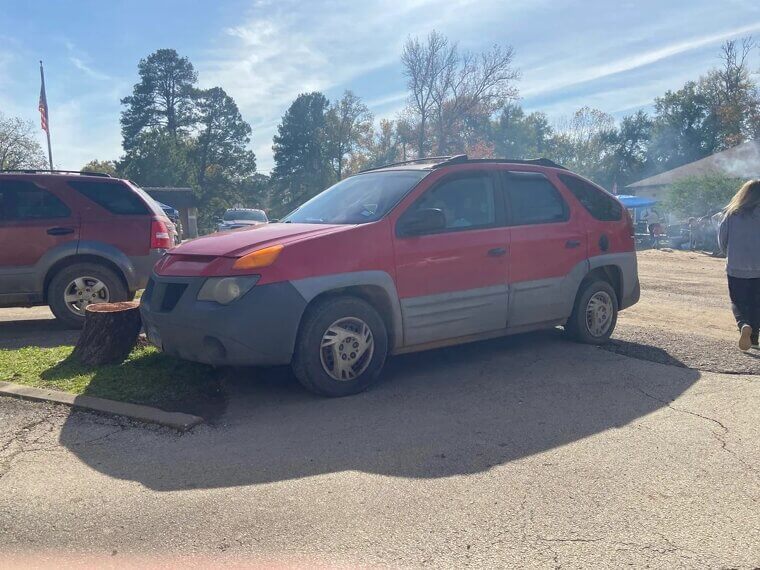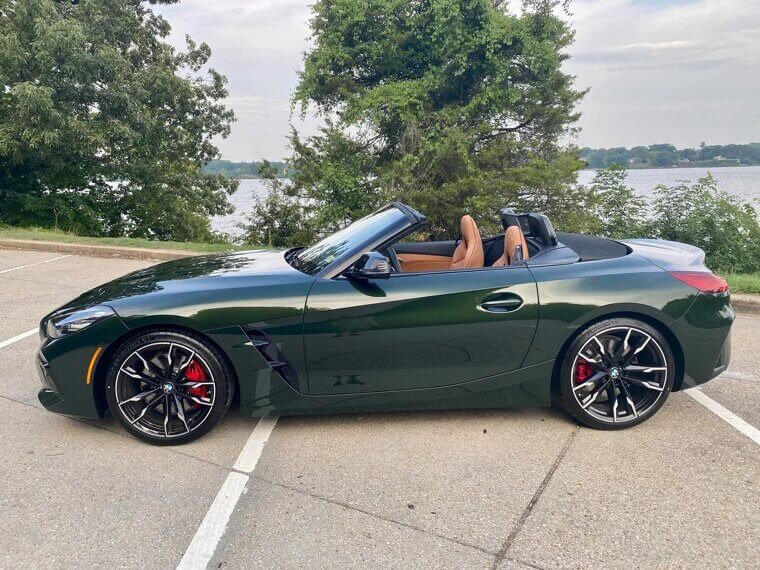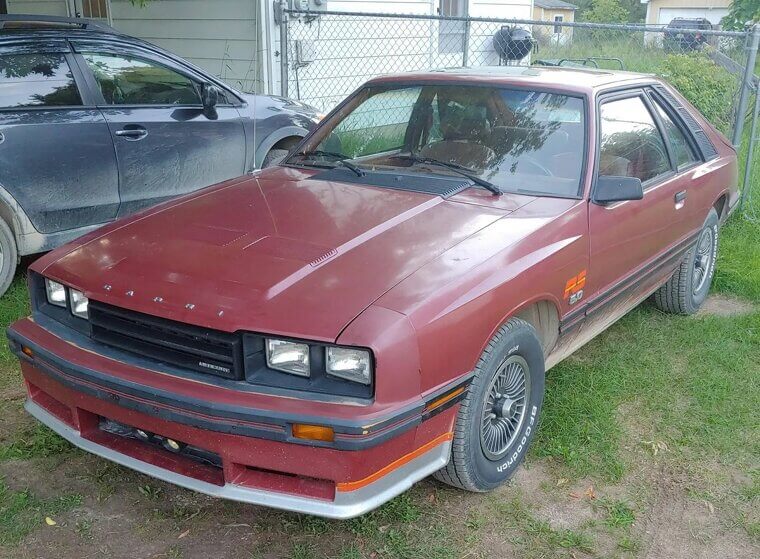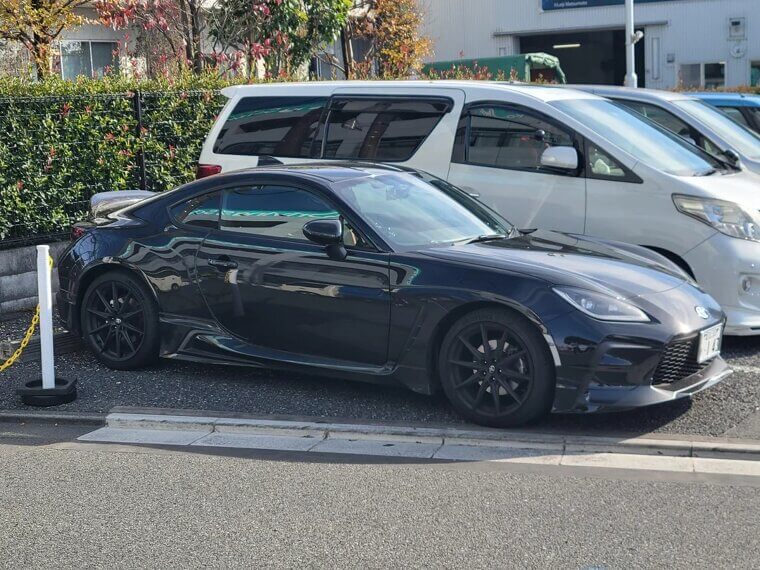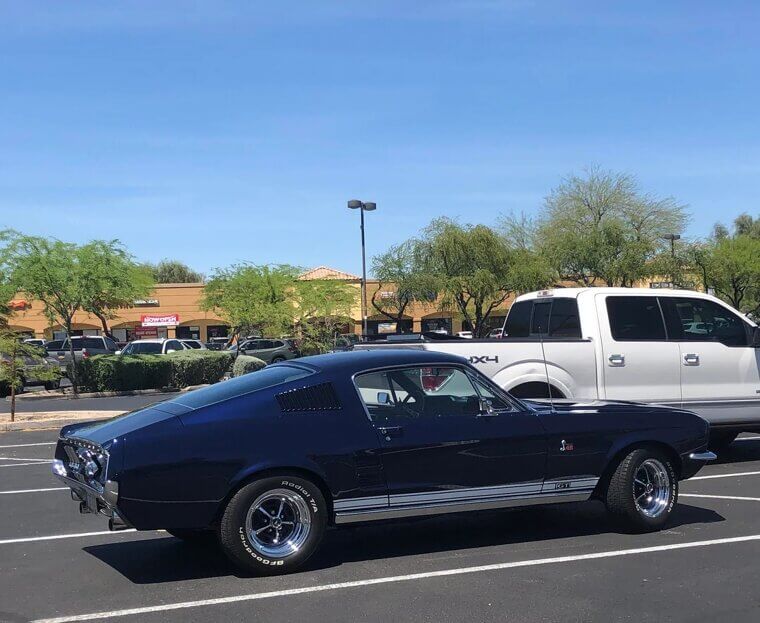These Once-Loved Collectible Cars Aren't Worth the Tires They Drive on
The world of collector cars can be quite fickle, so aside from the most consistent classic, there are many collectibles that have almost entirely dropped off. Scroll through the slides below to discover 35 once-collectible cars that are now practically worthless- and why. We’ll examine how tastes shift, upkeep gets pricey, and parts grow scarce, plus how hypey auctions inflated prices that couldn’t last.
Expect a few surprises, some nostalgia, and data where available. Remember: condition, provenance, and region still shape value.
Chevrolet Vega
On the surface, the Chevy Vega is a lovely-looking vintage car. But aside from its looks, it’s really nothing to write home about, with terrible reliability and cheap parts that aren’t up to scratch nowadays. As a result, Vegas now sells for very low prices. Known issues with the early aluminum engine, rust, and middling build quality don’t help.
Auction results stay tepid, and parts-chasing turns expensive fast. Unless nostalgia is strong, buyers favor better-sorted rivals, keeping demand thin and values depressed.
Maserati Biturbo
The Maserati Biturbo is turbocharged to the max, so why is it so affordable? Depreciation. Sadly, this once-favored collectible car is now considered worthless because collectors prefer to invest in cars that will perform well and increase in value over time. Early twin-turbo V6s were finicky, with fussy carburetion, weak cooling, and fragile electrics that demand specialists.
Routine maintenance is costly, parts sourcing can be a hunt, and many examples were neglected. Enthusiasts gravitate to later Maseratis, leaving Biturbos to languish at bargain-basement prices.
Morris Marina
If you love classic British cars, you’ll know the beautiful Morris Marina. However, you may be hesitant to buy one due to its poor value, which is primarily caused by long-term depreciation. The design alone isn’t enough to make the Marina worth the money. Owners cite numb handling, modest performance, and rust-prone bodies, while parts availability and quality vary wildly.
Many cars lived hard lives as fleet runabouts, so clean survivors are rare but still cheap. Enthusiasts often choose Escorts or Cortinas instead, depressing prices.
Plymouth Reliant
The Plymouth Reliant is certainly well-named because it was a great seller for Chrysler in the ‘80s, but the novelty has now worn off. Collectors don’t consider Reliants to be worthy enough of investing in because they’re quite ordinary by modern standards. Built on the humble K-car platform, it prioritized economy over excitement: modest four-cylinder power and slushy automatics.
Styling is boxy, interiors are basic, and rust or age-related issues are common. Parts are plentiful, yet few chase them; even nice survivors stay inexpensive.
Ford Pinto
The Ford Pinto is a classic example of an old car being considered “collectible” just because it’s vintage. Sadly, many collectors have now learned that the Pinto’s reputation for being unreliable and poorly built is well-deserved, and they’re steering clear of it. Lingering stigma from fuel-tank fires, recalls, and cost-cut build quality keeps enthusiasm muted.
Performance is modest, the ride is coarse, and parts-hunting rarely rewards the effort. Most survivors are tired commuters rather than cherished time capsules, so even clean examples trade hands cheaply.
AMC Concord
Once upon a time, the AMC Concord was a fabulous new luxury car. But now, it’s practically worthless, with classic models barely fetching $5,000. This is largely because it has been eclipsed by other AMC models, like the Eagle, which appeal more to avid collectors. Rust, modest performance, and dated interiors dampen enthusiasm, while parts availability and trim-specific pieces can be a hassle.
Collectors prioritize AMX, Javelin, and Eagle 4x4s, leaving Concords overlooked. Restorations frequently cost more than resale, so even tidy survivors remain inexpensive.
Cadillac Cimarron
While the Cadillac Cimarron isn’t necessarily a bad car, it’s not quite the refined, luxurious ride that most collectors go crazy for. They aren’t willing to pay top prices for a car that doesn’t engage them or provide anything out of the ordinary. Built on GM’s humble J-body and sharing bones with the Chevy Cavalier, it felt badge-engineered rather than bespoke.
Modest power, numb steering, and economy-car interiors don’t help. Restoration costs outpace resale, so enthusiasts typically chase Broughams or Eldorados instead.
Porsche 924
As far as collectibles go, Porsches are usually at the top of the list. However, the 924 is one model that most collectors overlook because it takes a lot of money and work to maintain, money that could be better spent on a car that will increase in value. With its Audi-sourced four-cylinder, modest performance, and dated interiors, it lacks the emotional punch of a 911 or even a 944.
Parts and specialist labor aren’t cheap, and many examples need deferred maintenance, keeping prices soft and disappointing for collectors.
Mercedes-Benz 190SL
The car market is almost overrun with Mercedes-Benz models, but some of them have started to slip into obscurity. The 190SL is one of those. Despite often selling for high prices, collectors simply aren’t excited for them anymore, so they’ve lost their allure. Under the glamorous body, performance is modest and the touring chassis feels sedate.
Original carburetors can be finicky, and restoration costs are steep. Many buyers instead chase 300SLs or later Pagoda SLs, leaving 190SL demand tepid outside pristine examples.
Buick Riviera
Just one look at the gorgeous Buick Riviera probably has you assuming that they’re very high-value cars. But think again! The Riviera actually doesn’t appreciate much at all, and it also lacks the broad collector appeal of more famous muscle cars, like the original Mustang. Later generations softened the performance image, and even the dramatic boat-tail styling divides opinions.
Ownership costs—storage, fuel, and parts—outpace resale. Younger buyers chase lighter, more tuner-friendly models, so demand stays narrow and values stagnate unless a rare, pristine spec appears.
Audi Cabriolet
We’ll admit that the Cabriolet is one of Audi’s most interesting cars, but that doesn’t necessarily guarantee sales. In fact, their high running, maintenance, and restoration costs are putting collectors off, driving their value down fast. Unfortunately, they’re becoming worthless to the market. Ageing soft-tops, brittle trim, and sun-baked interiors add expense, and many were front-wheel-drive automatics with modest performance.
Parts sourcing for early-’90s electronics can be maddening. With buyers favoring TT roadsters, Boxsters, and BMW convertibles, demand stays thin, so tidy examples trade cheaply.
MG MGF
Though the MGB is more famous, the MGF still deserves some love! We love how it looks, but it has mechanical issues that put many collectors off. Cars that rust and need frequent repairs don’t make good collectibles, which is why the MGF has become rare. Head gasket issues on early K series engines and Hydragas suspension upkeep still scare many buyers.
Parts support can be patchy outside the UK, mid-engine access complicates routine jobs, and tidy cars linger on classifieds at modest prices.
Plymouth Superbird
This next car might seem out of place, but it’s true that the Plymouth Superbird has fallen from grace in recent years. It was once a highly sought-after muscle car that could be auctioned for big bucks, but now its value is down, so most collectors won’t take the risk. NASCAR-homologation roots and that towering wing are cool, but they’re niche, polarizing, and costly to restore.
Provenance, matching-numbers parts, and condition drive big pricing swings. Insurance, storage headaches, and auction volatility further dampen enthusiasm.
Triumph Stag
On a similar note, the Triumph Stag has also experienced a big decline in popularity with collectors. Only Stags in the best condition appeal to collectors now because poorly-kept models don’t perform well against market trends, making the Stag a rather worthless option. Early engines suffered from cooling issues, timing-chain wear, and head-gasket trouble, with rust nibbling at bodywork.
Sorting one demands specialist care and parts, so costs balloon quickly. Many survivors show deferred maintenance. Shoppers gravitate to TR6s instead, keeping resale low.
Fiat X1
The Fiat X1 is a fun and underrated car, so it definitely still sparks interest with collectors. However, it doesn’t have enough “wow factor” to maintain their attention, especially because some X1s need a lot of restorative work, which modern collectors aren’t interested in. Rust in the sills and floors, fussy carburetion, and brittle trim add cost quickly.
Mid-engine packaging complicates simple jobs, parts sourcing is uneven, and specialists are scarce. Many buyers divert to 124 Spiders or early MR2s, keeping X1 values stagnant.
Lotus Europa
You’ve probably heard of the Elan and Elise, but what about the Europa? This quirky little sports car is rarely seen on the collectible car market nowadays because there’s no demand for it. Some experts believe its value will improve, but, for now, it has stagnated. Its oddball proportions, sparse interiors, and Renault-sourced drivetrains don’t help, and servicing a low, mid-engine chassis can be fiddly.
Fiberglass repairs, window mechanisms, and trim pieces add costs. Buyers typically chase Elans or Esprits instead, keeping Europa prices flat.
Maserati 3200 GT
The 3200 GT has been branded the “worst Maserati” by some people, so it certainly has its work cut out for it! Nowadays, they go for very low prices because they’re not worth much anymore, especially with their enduring mechanical faults. Early throttle-by-wire systems, temperamental electronics, and twin-turbo complexity scare off buyers. Routine servicing requires specialists, while parts prices and immobilizer or ECU gremlins quickly snowball.
Many examples were neglected, so bringing one up to standard often exceeds resale. Collectors shift to later 4200/GranSport coupes.
AMC Pacer
The AMC Pacer is another car that has fallen from collectible heaven due to a long-term bad reputation. It has a cult following, but mainstream collectors consider it pretty worthless due to its poor performance and more simplistic design compared to other vintage cars. Heavy for its size, with emissions-strangled sixes and vague handling, it never delivered pep its looks promised.
Huge glass panels add heat and headaches, while rust and parts-hunting raise bills. Most buyers chase Gremlins or Javelins instead, leaving Pacers trading cheaply.
Ford Bronco
You’ve probably seen a Bronco or two driving around, so this car isn’t totally irrelevant. However, they’re more likely to be spotted on the mainstream market than at collector auctions because they depreciate very quickly and aren’t big-money investments anymore. Older examples often suffer rust, tired drivetrains, and hard-used off-road histories that scare bidders. Ownership costs and poor fuel economy add up fast.
With plentiful alternatives and newer crossovers offering better comfort and tech, demand thins, so decent drivers trade hands for modest money.
Chevrolet Chevette
At first glance, the Chevette looks like any other decent vintage car that people would collect. But those with more knowledge are avoiding Chevettes because they’re not as well-built, reliable, or engaging as other Chevies. This has practically forced them off the market entirely. Sluggish performance and spartan interiors don’t inspire weekend drives, and corrosion or neglected maintenance often turns cheap projects into money pits.
Parts support is spotty for trim pieces. Shoppers gravitate to Novas or Camaros instead, leaving Chevettes trading at bargain-basement prices.
Dodge Viper
We’re not saying that people don’t still collect Vipers because they absolutely do, but the shine has more than worn off this once-iconic sports car. The Viper depreciates around 20% in the first year alone, so collectors are more hesitant to buy one due to poor resale value. Running costs are steep: V10 thirst, pricey tires, and very high insurance.
Early cars lack driver aids, with heavy clutches and cramped, heat-soaked cabins. Buyers often pivot to 911s or Corvettes, keeping values volatile and bids cautious.
Volkswagen Karmann Ghia
The Volkswagen Karmann Ghia is a beautiful retro sports car that we could look at all day, and in the past, most collectors would have agreed. But now, they consider the Ghia to be a poor investment because its age means that it requires extensive maintenance. Rust in rocker panels and nose sections, fragile trim, and tricky bodywork make restorations pricey despite simple Beetle mechanicals.
Performance is modest, highway manners dated, and better returns often come from Beetles or 911s, keeping Ghia prices flat.
Acura NSX
There was a time when a classic Acura NSX would easily fetch six figures at auction, but current collectors now know better. Aside from its enduringly lovely design, the NSX depreciates like crazy, so there’s no chance of ever making a profit or even getting your money back. Maintenance isn’t cheap: timing-belt services, aging electronics, and scarce body panels demand specialists.
Early snap-ring gearbox woes and tired suspensions add risk. With newer rivals offering more speed and tech, buyers stay cautious, keeping auction results muted.
Rolls-Royce Silver Shadow
Rolls-Royce has never made a “bad” car, but collectors aren’t keen to spend big money for a brand name alone. That’s why the Silver Shadow has become pretty much worthless now. It needs frequent repairs, and many models haven’t been maintained well enough to sell. Complex Citroën-derived hydraulics, self-leveling suspension, and brake accumulators demand specialist attention and pricey RR363 fluid.
Corrosion in sills and subframes, tired electrics, and cracked wood veneers add bills fast. Restoring leather and chrome is costly, so projects exceed resale value.
Citroen GS
By all accounts, the Citroen GS is a fine car, but fine is not enough to cut it with collectors anymore. The GS was once sought-after because people were fascinated by its legacy, but it has now been driven out of the market by other, more impressive collectible cars. Its signature hydropneumatic suspension is brilliant when sorted, but leaks and spheres scare buyers.
And specialist servicing isn’t cheap. Rust, fragile trim, and scarce body panels complicate restorations. Enthusiasts gravitate to DS or CX instead.
Bentley Arnage
We promise we’re not crazy! The Bentley Arnage has made this list because it rarely sells for what it once did, and this is due to extreme depreciation. Collectors don’t want to invest in cars that can’t hold their value, so the Arnage has gone down in their estimations. Running costs are fearsome: aging turbos, complex electrics, and bespoke parts demand specialists.
Interior refurbishment and suspension work quickly eclipse resale. Thirsty V8s, high insurance, and taxes thin the buyer pool, keeping auction results tepid.
Porsche 944
The Porsche 911 may be able to endure a bit of bad press, but the same cannot be said for the 944. This once-collectible car is now deemed to be more trouble than it’s worth, so most models sell for very little, with collectors choosing to save their cash. Maintenance isn’t trivial: timing belts and water pumps need attention and balance shafts add cost.
And rubber-centered clutches fail. Many cars carry deferred issues, so buyers step up to 968s or 911s, keeping values soft.
Classic Land Rover
Modern Land Rovers are a dime a dozen, but how often do you see a classic Rover out on the road? They’re rare because they still advertise at high prices, but collectors aren’t willing to invest in a high-maintenance vehicle that’s prone to rusting and breaking down. Leaf-sprung Series trucks and early Defenders drive like farm equipment, with slow gearing, vague steering, and relentless oil weeps.
Chassis rust, tired electrics, and torn canvas tops add bills. Restored examples cost fortunes, making driver-grade rigs tough sells.
Triumph TR7
Even the most casual car enthusiast will know that the Triumph TR7 has been at the center of much controversy, so it’s not surprising that this car is no longer considered collectible. Aside from its cult following, most drivers consider it to be a worthless, unreliable car. Early build quality issues, labor strife, and rust didn’t help, while emissions-choked engines dulled performance.
Electrical gremlins and cooling woes add expense. Restorations often exceed resale, so buyers favor TR6s or Spitfires, leaving TR7s to languish.
Chevrolet Camaro
The Camaro will never truly go out of style, but its worth will always be determined by how much collectors are willing to pay for it. Sadly, it’s not that much anymore because the classic Camaros don’t increase in value, which puts them behind other vintage cars. Only rare trims and spotless, documented restorations draw strong bids.
Ordinary small-block drivers face soft demand, high storage costs, and plentiful supply. Buyers chase earlier Mustangs, late-model performance bargains, or restomods, pushing average Camaro prices sideways.
Pontiac Aztek
The Pontiac Aztek may not look like a traditional collectible car, but this SUV used to be all the rage. Nowadays, people no longer collect Azteks because they’re not exciting, innovative, or particularly attractive. All of their retro value is gone. Awkward cladding, fragile interiors, and indifferent build quality haven’t aged well, and the camping-tent gimmick lost its shine.
Maintenance and parts can exceed resale value, while buyers gravitate to more capable crossovers. Consequently, even clean survivors linger unsold and values keep sliding.
BMW Z4
The BMW Z4 is still being manufactured, so we can’t say it is completely worthless. But it’s definitely not a top collectible car anymore, perhaps due to how it has been changed for the modern mainstream market. Collectors deem classic cars more worthy. Depreciation is steep, and many are automatic, muting engagement. Later turbo fours lack the drama enthusiasts want.
And electronics and run-flat tires add cost without adding charm. Buyers chasing appreciation favor Z3s, E46 M3s, or Boxsters instead, keeping Z4 prices soft.
Mercury Capri Turbo RS
We think the Mercury Capri Turbo RS has all the makings of a collectible car, and it used to be one. However, once the nostalgia wore off, collectors noticed how lacklustre its performance was, and not even its attractive build could redeem it. Under the skin it shares much with period Mustangs, but without the cachet or parts support that drive strong bids.
The 2.3-liter turbo can be temperamental, and many cars were modified poorly. Rust and rare trim pieces raise costs, discouraging restorations.
Toyota GR86
The Toyota fanbase loves the GR86, so why do collectors find it to be a worthless investment? It’s simply not as luxurious or innovative as other collectible sports cars, so there’s nothing to justify paying big bucks for it by comparison. Depreciation on modern, mass-produced coupes is steep, and supply is plentiful. Performance is engaging but not exotic, with modest power and a budget-lean cabin.
Many are modified or tracked, which worries buyers. Lacking rarity, motorsport pedigree, or headline numbers, resale remains muted.
Ford Mustang Fastback
Finally, we had to finish with the Ford Mustang Fastback because it had so much potential, yet tragically failed to deliver for serious collectors. Once the magic of the Mustang design wore off, the Fastback dropped to the bottom of the market, with currently poor value. Only the rarest cars—Shelbys, Boss models, or top restorations—draw notable bids.
Ordinary small-block Fastbacks are plentiful, often with rust, thin histories, or amateur mods. Storage, insurance, and restoration costs outweigh resale, so many shoppers pivot to newer performance bargains.

